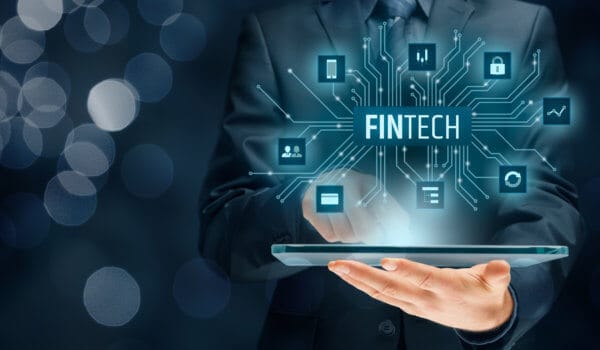The development of information technology and the emergence of several innovations are taking place in retail payments known as electronic money or e-money. This development influences the banking industry due to the increased use of the pre-paid card, e-purse, and e-wires of money orders, e-banking, and e-loans.
E-money is the newest instrument in the payment system. Electronic money or E-money was introduced as a payment instrument more than 20 years ago. According to the European directive, electronic money (e-money) presents a monetary value, as represented by a claim on the issuer, which is stored on an electronic device and issued upon receipt of funds. E-money can replace currency in circulation. A possibility of its influence on the monetary policy is considered.
What Does E-Money Mean?

According to the definition of Ely, electronic money is the money balance recorded electronically on a ‘stored-value’ card. These cards, also called ‘smart cards’, have a microprocessor embedded which can be loaded with a monetary value. Another form of electronic money is network money. Berentsen explains it as “software that allows the transfer of value on computer networks, particularly the internet.” Like a traveler’s check, a digital money balance is a floating claim on a private bank or other financial institution that is not linked to any particular account. This money is issued by both public and private institutions worldwide and is raising concern about the future ability of central banks to set money supply targets. It is widely used in Germany, the Netherlands, Belgium, Singapore, and Hong Kong.
Types of E-Money
Based on European Central Bank, e-money products can be hardware-based or software-based, depending on the technology used to store the monetary value.
Hardware-based products: the purchasing power resides in a personal physical device, such as a chip card, with hardware-based security features. Monetary values are typically transferred utilizing device readers that do not need real-time network connectivity to a remote server.
Software-based products: employ specialized software that functions on standard personal devices such as personal computers or tablets. To enable the transfer of monetary values, the unique device typically needs to establish an online connection with a remote server that controls the use of the purchasing power.
Schemes mixing both hardware and software-based features also exist.
Key Features of E-money Schemes

Various e-money schemes are being developed, and they differ considerably in their features, many aspects of which are still to be finalized, as Bernkopf determined.
Firstly, e-money products vary in their technical implementation. Card-based schemes involve a particular and portable computer hardware device, commonly a microprocessor chip embedded in a plastic card to store the prepaid value. On the other hand, software-based schemes use specialized software installed on a standard personal computer.
Secondly, institutional arrangements may vary. Typically, four types of the service provider will be involved in the operation of an e-money scheme:
- The issuers of the e-money value.
- The network operators
- The vendors of specialized hardware and software
- The clearers of e-money transactions.
Thirdly, products differ in the way in which value is transferred. Some e-money schemes allow transfers of electronic balances directly from one consumer to another without any involvement of a third party, such as the issuer of the electronic value.
Fourthly, related to transferability is the extent to which transactions are recorded. Most schemes register some details of transactions between consumers and merchants in a central database, which could then be monitored. In cases where direct consumer-to-consumer transactions are allowed, these can only be recorded on consumers’ own storage devices and can be monitored centrally only when the consumer contacts the e-money scheme operator.
Finally, in most e-money schemes currently being developed or pilot-tested, the ‘value’ stored on the devices is denominated only in the national currency. However, it is possible for balances to be held and payments to be made in several national currencies.
Electronic money differs from other existing forms of money in various ways. In comparison with cash, which uses only physical security features, electronic money products use cryptography to authenticate transactions and protect the confidentiality and integrity of data. Electronic money no longer needs to be physically exchanged like banknotes and coins and thus can be more easily used for remote payments. In addition, unlike cash, in most schemes currently available, electronic money received by the beneficiary cannot be used again.
Photo: StockStyle/Shutterstock
You might also like:
Support us!
All your donations will be used to pay the magazine’s journalists and to support the ongoing costs of maintaining the site.
Share this post
Interested in co-operating with us?
We are open to co-operation from writers and businesses alike. You can reach us on our email at [email protected]/[email protected] and we will get back to you as quick as we can.










